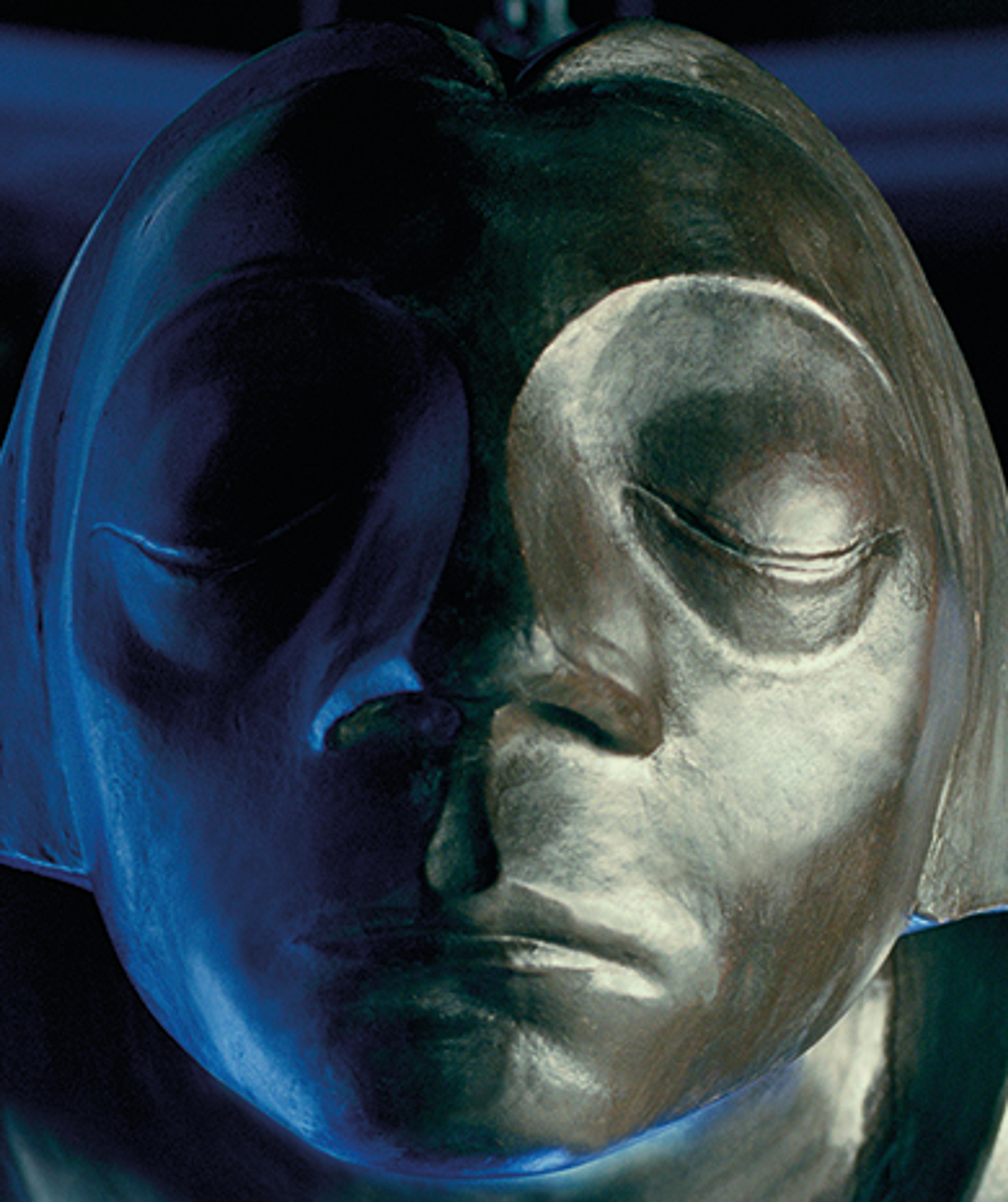
05.10 - 08.12.2013
Ernst Barlach - Kaethe Kollwitz BEYOND THE BORDERS OF EXISTENCE
The Ernst Barlach Society expanded its international cultural exchange to Denmark and Norway
Museet for Religiøs Kunst, Lemvig - Haugar Vestfolds Art Museum, Norway - Øregaard Museum, Hellerup/Copenhagen
On June 16, 2013, the exhibition tour started with more than 180 impressive sculptural and graphic works by Käthe Kollwitz and Ernst Barlach. For the first time, the works of the two important mavericks of German Expressionism could be seen in the Scandinavian region in parallel with special exhibitions on Edvard Munch, Sigmar Polke, Gerhard Richter and Man Ray. Following the presentation at the Museum of Art and Religion on Denmark's North Sea coast, the exhibition moved to Norway in the fall of 2013 to Haugar Vestfolds Kunstmuseum Tønsberg and then back to Denmark to the Øregaard Museum Hellerup near Copenhagen from February 2014.
An exhibition and juxtaposition of the works of Käthe Kollwitz and Ernst Barlach is not an invention of the present. Already in their lifetime both were shown at the exhibitions of the Berlin Secession, in whose committees they had been working together since 1912. In the times of "entartete Kunst" in Germany, large collections were relocated to other European countries and to the USA, including numerous works by Barlach and Kollwitz. The Rosenwald Collection, for example, showed drawings by Barlach and Kollwitz in 1943/44 at the National Gallery in Washington. In 1948/49 there was already the first joint solo exhibition Barlach-Kollwitz in Sweden.
Apparently, the artist constellation Barlach-Kollwitz was seen as particularly suitable, to transport a positive image of Germany, the image of a Germany of artistic and moral resistance against tyranny, terror and war. Thus, Barlach-Kollwitz exhibitions were held in 1967/68 in Hungary, England and the USA, in 1976/78 in Australia and 2008 in Tehran.
To this day, the works of Ernst Barlach and Käthe Kollwitz are repeatedly shown together and juxtaposed, because their universal language and the social ethics as the basis of the pictorial works appear understandable and topical across all cultural boundaries. The fundamental questions that Barlach and Kollwitz posed at the beginning of the modernization of our world are neither answered nor outdated.
With this exhibition project, which has been realized in cooperation with the IfA, Institut für Auslandsbeziehungen Stuttgart, the Ernst Barlach Gesellschaft continued its work in international cultural exchange.







